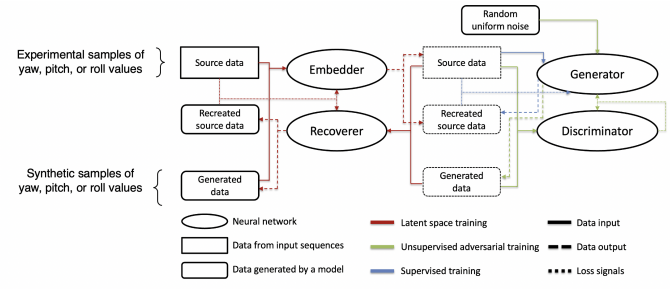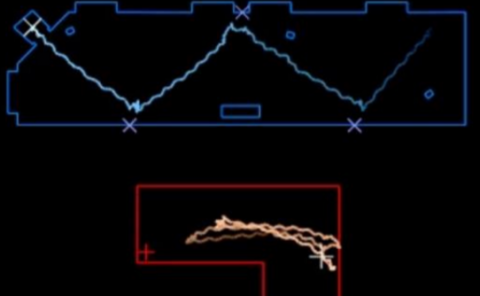Predictive Context-Awareness for Full-Immersive Multiuser Virtual Reality with Redirected Walking
PubDate: Mar 2023
Teams: i2Cat Foundation;University of Antwerp
Writers: Filip Lemic, Jakob Struye, Thomas Van Onsem, Jeroen Famaey, Xavier Costa Perez
PDF: Predictive Context-Awareness for Full-Immersive Multiuser Virtual Reality with Redirected Walking

Abstract
Virtual Reality (VR) technology is being advanced along the lines of enhancing its immersiveness, enabling multiuser Virtual Experiences (VEs), and supporting unconstrained mobility of the users in their VEs, while constraining them within specialized VR setups through Redirected Walking (RDW). For meeting the extreme data-rate and latency requirements of future VR systems, supporting wireless networking infrastructures will operate in millimeter Wave (mmWave) frequencies and leverage highly directional communication in both transmission and reception through beamforming and beamsteering. We propose to leverage predictive context-awareness for optimizing transmitter and receiver-side beamforming and beamsteering. In particular, we argue that short-term prediction of users’ lateral movements in multiuser VR setups with RDW can be utilized for optimizing transmitter-side beamforming and beamsteering through Line-of-Sight (LoS) “tracking” in the users’ directions. At the same time, short-term prediction of orientational movements can be used for receiver-side beamforming for coverage flexibility enhancements. We target two open problems in predicting these two context information instances: i) lateral movement prediction in multiuser VR settings with RDW and ii) generation of synthetic head rotation datasets to be utilized in the training of existing orientational movements predictors. We follow by experimentally showing that Long Short-Term Memory (LSTM) networks feature promising accuracy in predicting lateral movements, as well as that context-awareness stemming from VEs further benefits this accuracy. Second, we show that a TimeGAN-based approach for orientational data generation can generate synthetic samples closely matching the experimentally obtained ones.


